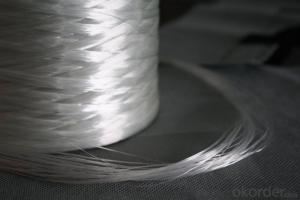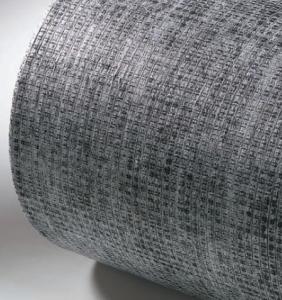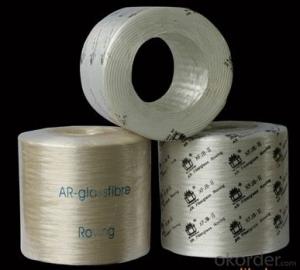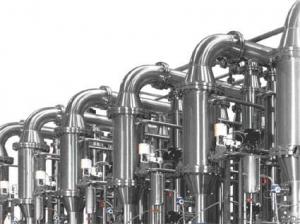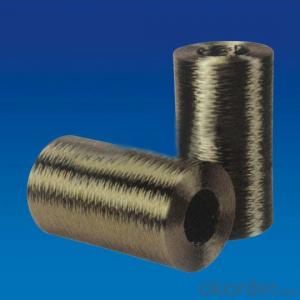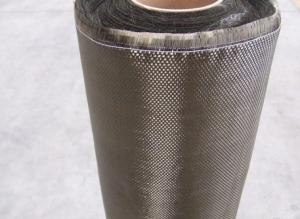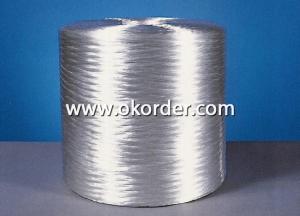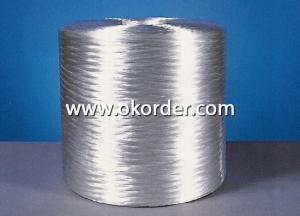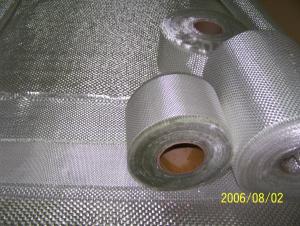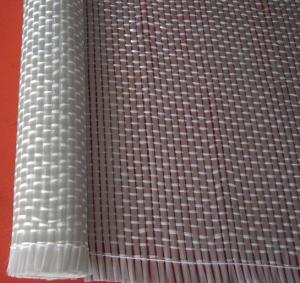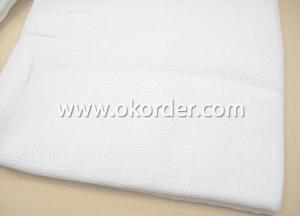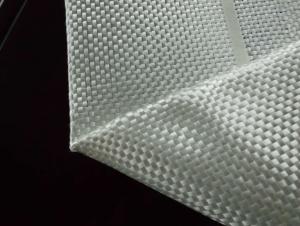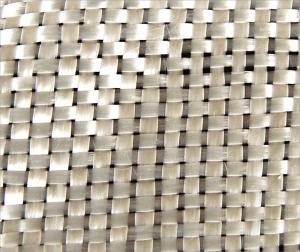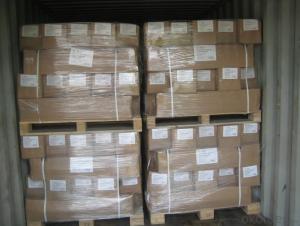Assembled Roving for CSM
- Loading Port:
- China Main Port
- Payment Terms:
- TT OR LC
- Min Order Qty:
- -
- Supply Capability:
- -
OKorder Service Pledge
OKorder Financial Service
You Might Also Like
| |||||||||||||||||||||||||
|
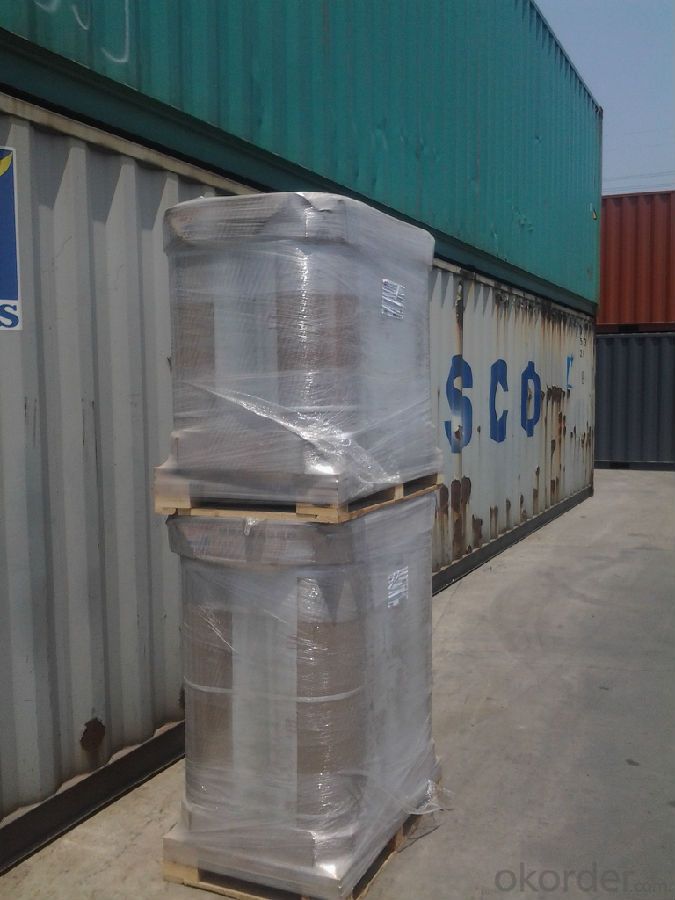
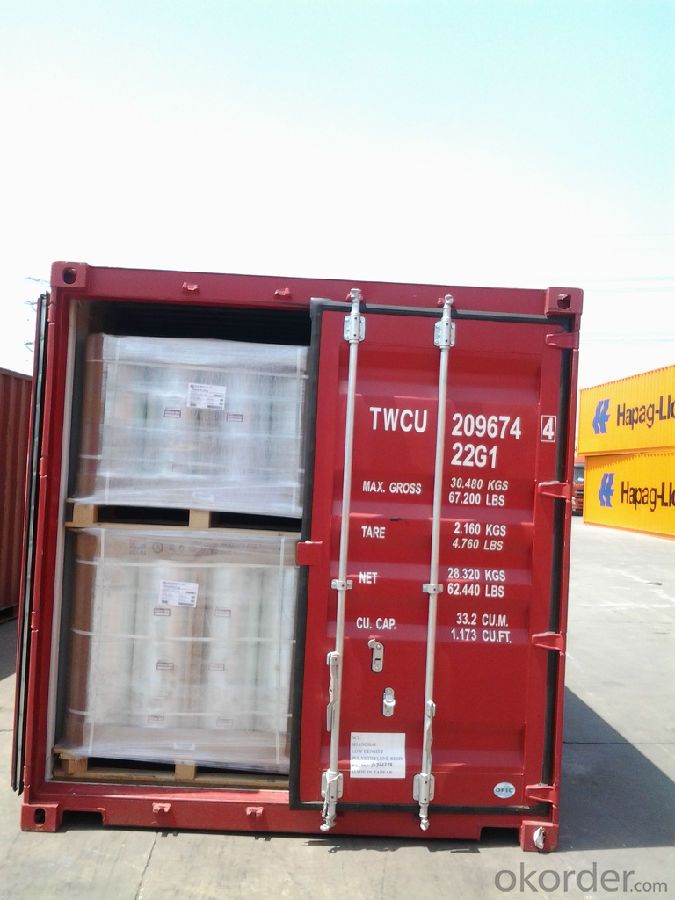
- Q:Can glass fiber for winding twistless roving be used for weaving cloth?
- Yes, twistless roving are used as warp and weft directional material for twistless roving cloth.
- Q:What is glass fiber?
- It has the advantages of good insulation and corrosion resistance. The diameter of monofilament is from several microns to twenty micron. It uses glass ball or waste glass as raw material and is produced by high temperature melting. Glass fibre is usually used as reinforced composite materials, but its drawback is crisp. It features with poor abrasion resistance, good heat resistance and is used as electrical insulating materials and heat/thermal insulation materials. Its diameter is equal to that of a hair. Each bundle fiber raw silk is formed by hundreds or even thousands of monofilament with high mechanical strength. Glass fiber is a kind of inorganic nonmetal material with excellent performance.
- Q:What are the types of glass fiber yarns?
- Yarn is usually used for glass fiber window?screening.
- Q:Epoxy resin mortar mix ratio
- 200 to 300 of mortar and 100 of epoxy resin will be fine. It should be added according to concentration. Construction convenient and high quality can be reported as the premise.
- Q:How many types of glass fiber and what is escorting yarn?
- According to the yarn bundle, it can be divided into roving, fine yarn and textile yarn. According to production types, it can be divided into direct yarn and union yarn. Yarn can be divided into twisted yarn and felting yarn according to the degree of twist. According to the manufacturing products, it is divided into winding yarn and twistless yarn.
- Q:Knowledges of bamboo fiber.
- The production process of bamboo fiber: bamboo, bamboo pulp, crude fiber - fiber carding - spinning - textile. Characteristics of bamboo fiber fabric is: antibacterial, high strength, healthy, moisture absorpotion, cooling, deodorization, kept warm, soft and comfortable. Especially suitable for infant clothing. It is a good choice.
- Q:A chromic acid concentration and what kind of glass?reinforced?plastics should be used in chromic acid waste gas purification and recovery device.
- In general, glass?reinforced?plastics can be used for producing chromic acid waste gas purification recoverer device. Glass reinforced materials, namely glass fiber reinforced materials, has many advantages such as light weight, high strength, anticorrosion, thermal insulation, insulation, noise insulation and so on. Glass?reinforced?plastics doors and windows use glass fiber twistless roving and its fabric as reinforcing material and unsaturated resin as matrix material, and composite these two material by a special process add other mineral filler. After adding other mineral filler, various hollow sections are processed into the products by heating and curing. Generally speaking, the main characteristics of glass?reinforced?plastics doors and windows are: aging resistance and high strength. Glass fiber reinforced plastic without steel plate as the lining does not need any monomer auxiliary enhancement material, depending completely on its own to support the whole structure. Due to the glass fiber and its fabric as reinforcing material, without filament resin bonding bare, by mechanical thermal curing pultrusion molding, so it features with fracture resistance, anti-bending and deformation resistance. It also is corrosion resistance and has a long life. Glass fiber reinforced plasticbelongs to high quality composite material.
- Q:Definition of glass fiber reinforced plastic doors and windows
- The unsaturated resin is used as the subtrate material. it have many advantages such as sound insulation and so on. Glass?reinforced?plastics is also called glass fiber reinforced material with lightweight property. Glass?reinforced?plastics doors and windows use glass fiber twistless roving and fabric as reinforcement material. It is a new type of composite material developed abroad in early twentieth Century and can add other mineral filler.
- Q:How to make a glass fiber reinforced plastic?
- The answer is no. The glass fiber reinforced plastic grille can be made with a mold, so it would be very easy to do it, while by manual, it would be troublesome, and do not have compressive property.
- Q:How to make GRC line?
- The basic composition of GRC materials are cement, sand, fiber and water, in addition to polymer, additives used to improve the later performance of the materials. Cement: Usually the cements used in GRC are mainly rapid hardening sulphoaluminate cement and low alkalinity sulphoaluminate cement, Portland cement and white Portland cement. Fiber: The fiber in the GRC material must be alkali resistant glass fiber, which include alkali resistant glass fiber roving, chopped glass fiber yarn, alkali resistant glass fiber mesh cloth. European and American countries require the zirconia content in the glass fiber should not less than 16.5%. The polymer: the polymer usually added is acrylic emulsion, also named acrylate copolymer emulsion. Additive: Usually we selectively added superplasticizer, superplasticizer, retarder, early strength agent, antifreeze, anti rust agent and other additives containing products. When there is the steel reinforcement or steel embedded parts, do not use calcium chloride based additives. Other materials: We can selectively use fire. The basic composition of GRC materials are cement, sand, fiber and water, in addition to polymer, additives used to improve the later performance of the materials. Cement: Usually the cements used in GRC are mainly rapid hardening sulphoaluminate cement and low alkalinity sulphoaluminate cement, Portland cement and white Portland cement. Fiber: The fiber in the GRC material must be alkali resistant glass fiber, which include alkali resistant glass fiber roving, chopped glass fiber yarn, alkali resistant glass fiber mesh cloth. European and American countries require the zirconia content in the glass fiber should not less than 16.5%. The polymer:
1. Manufacturer Overview |
|
|---|---|
| Location | |
| Year Established | |
| Annual Output Value | |
| Main Markets | |
| Company Certifications | |
2. Manufacturer Certificates |
|
|---|---|
| a) Certification Name | |
| Range | |
| Reference | |
| Validity Period | |
3. Manufacturer Capability |
|
|---|---|
| a)Trade Capacity | |
| Nearest Port | |
| Export Percentage | |
| No.of Employees in Trade Department | |
| Language Spoken: | |
| b)Factory Information | |
| Factory Size: | |
| No. of Production Lines | |
| Contract Manufacturing | |
| Product Price Range | |
Send your message to us
Assembled Roving for CSM
- Loading Port:
- China Main Port
- Payment Terms:
- TT OR LC
- Min Order Qty:
- -
- Supply Capability:
- -
OKorder Service Pledge
OKorder Financial Service
Similar products
New products
Hot products
Hot Searches
Related keywords
